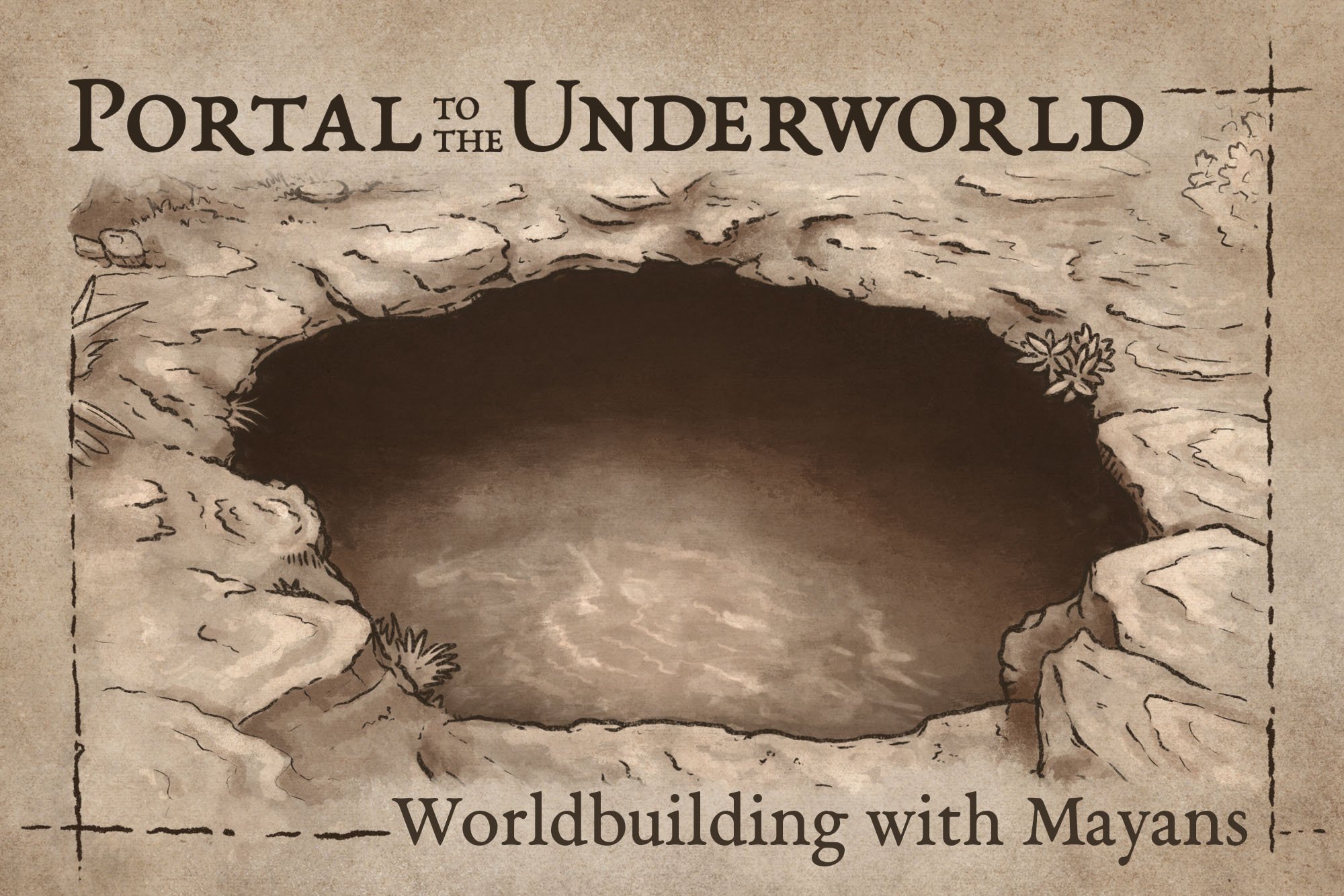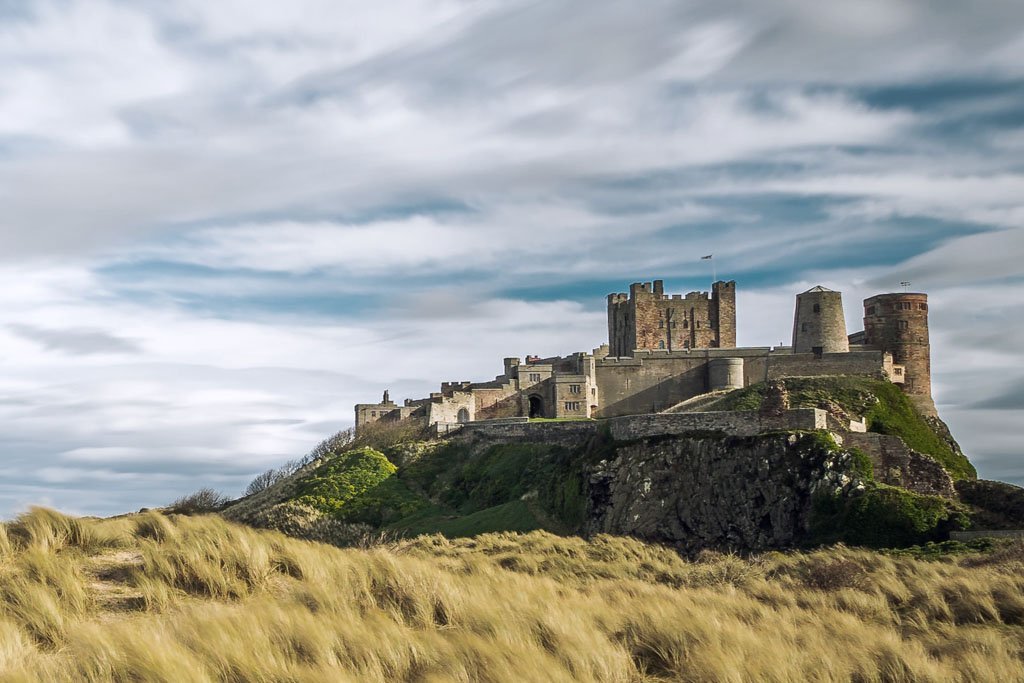Make Money Drawing Fantasy Maps: How to Start Today
Whenever I tell someone I make an income drawing fantasy maps, they tend to look at me a bit sideways. Most people don’t realize how many maps are around them every day. Whether it’s books, board games, magazines, wall art, or one of the other numerous forms of marketing, maps are everywhere. And behind every map is a cartographer; an artist who has been compensated for their work.
Besides, who doesn’t want to earn an income doing something they love? This doesn’t mean you have to do it full time. But, even if you could earn a little on the side to pay for your daily coffee, to buy the Christmas presents for your kids, or even covering that unexpected car repair it would certainly be worth pursuing. Just achieving a little financial freedom to provide for your family can make the time investment worth it. But, where do you begin?
While there is much that could be said, here are two key things to keep in mind if you want to start earning an income drawing maps.
Honing Your Craft
The first thing you need to do is make sure you invest the time to hone your drawing skills. Don’t get hung up trying to “find your style”, especially early in your journey. Spend time learning how to draw and challenge yourself to be a lifelong student. Your unique style will come as a natural overflow of everything you’ve learned and the things you love. Learning the fundamentals of fantasy cartography is why I began creating map drawing tutorials; so you could have a place to go to learn how to do this yourself.
CLICK HERE if you would like to check out all the map drawing tutorials
It may seem obvious to say, but you need to actually be able to draw well if you want someone to pay you for your work. The map drawing tutorials are a good place to begin learning how to draw certain features in the fantasy map style. But, don’t stop there! Learn more about composition, perspective, color theory, and absorb different techniques from a variety of people. This is how you learn and begin to develop a style that’s unique to you.
Show Your Work Before It’s Perfect!
I have always been interested in drawing, but when I was younger I would often go weeks without drawing anything because I was so afraid of it not being “good enough.” Not surprisingly, when I would finally pick up a pen to draw something I was always disappointed by the result. It wasn’t until I forced myself to start posting consistently on Instagram that I really started to see my skills dramatically improve.
Many artists struggle with perfectionism, and are hesitant to show their work until it’s “flawless.” The problem of course is you’re setting an impossible goal for yourself, which means you’ll never arrive and will always be disappointed. Rather than waiting for your work to be good enough by your standards, don’t be afraid to show your work right away and document your learning process. Forcing yourself to post your work on social media can be a great way to motivate yourself to stay consistent, and start building some initial connections with people.
But…How Do You Know When You’re “Ready?”
But, how do you know when are ready to start taking on clients? If you want someone to pay you to create a map, then you need to deliver enough value to the client that they are willing to exchange money for your services. You will spend the rest of your life honing your craft but there is a certain point when you should feel confident that you can deliver enough value to a client.
One way to know you’ve arrived at this level is when people begin organically approaching you for commissions and saying they really love your work. This shouldn’t be confused with someone showing you a picture of someone else’s work and asking if you can do a map in that style. When someone wants you to draw a map for them because they want you as the artist, then you know you can start thinking about commissions. But, if people are approaching you about your work, that assumes they are able to see it; this leads to the next point.
Marketing Your Work
You can be the best cartographer in the world but if nobody can find your work, then you'll never get clients. “Build it and they will come” is not a viable strategy and it’s this mentality that leads to the “starving artist” stereotype. Most artists fail to turn their passion into a career because they don't know how to market themselves, they don’t like to market themselves, or they are not interested in the process since they just want to create.
Meanwhile, there are plenty of people who are technically less skilled but do just fine because they come to enjoy the process of marketing and building relationships with people. The good news is you already own one of the best tools to market your work and build relationships with potential clients, and it’s the phone in your pocket.
Go Where Your Ideal Client Hangs Out
One issue you may have in marketing your work is actually fishing in the wrong pond. If you want to work with authors to start getting your maps in books, why are you only sharing your work in groups with other cartographers? Chances are…they aren’t going to pay you for anything since they will just draw it themselves. The key thing to remember here, is that while it’s good to be part of the map making community and interact with your peers to grow your skills, they are generally not going to turn into clients.
If you want to work with authors, then go where the authors hang out and start building relationships. It can be Facebook groups, Discord channels, or even a good old fashion forum. Find the authors, and then start engaging with them in a way that provides value. If someone asks a question about maps or world building and you know the answer, reach out to them. Don’t spam them or come across as merely self-promotional…because frankly, nobody likes that guy. The key thing here is that you need to build genuine relationships because people want to work with someone they like and trust.
Create a Central Location For People to See Your Work
While my mapping journey started by posting maps on Instagram, it isn’t the ideal place to set up a portfolio. Social media is extremely valuable for making connections, but you really should set up a basic website where you can curate your work. Fortunately, website builders and templates have come a long way in the last several years. So you won’t have to spend a fortune to get started, or need to know a lick of coding to setup something clean and professional. Having a website adds an element of credibility and professionalism to your work. It’s also a good central place to funnel people regardless of which platforms you are using. Then, you can think about building an email list which will give you the ability to communicate directly with your audience rather than being enslaved to an algorithm. But, that’s a whole other topic for another time!
PIN FOR LATER
How Many Pieces Should Be in Your Portfolio?
When it comes to what to include in your website portfolio, I suggest setting a goal of having at least 3 examples of your work. Your portfolio doesn’t need to be filled with dozens of pieces; if anything that can be too overwhelming for a potential client. Instead, focus on picking your best 3 maps that reflect your skill, and the type of commissions you want to do. If you want to draw maps for people, don’t include your amazing Baby Yoda illustration…no matter how good it might be. People want to know that you can draw their map, not how skilled you are at rendering little Grogu.
But, what if you have more than 3 pieces that you are proud of and reflect the type of work you want to do? As I said before, people generally prefer simplicity and can become easily overwhelmed with too much information. This is part of the reason why I don’t actually think Instagram is the optimal place to host your portfolio. If you have a large body of work that you would still like to show though, you can still do that with a little creativity. My suggestion would be to still show 3-5 primary pieces, and then link to a separate page where someone could see the rest of your work. This helps give focus to your portfolio, while still giving the opportunity for the people who want to see more to click through.
The First Step is to Begin
These things will take time, especially if you’re just getting started. But if you’re consistent and begin taking steps toward your goal then it’s only a matter of time before you reach it. One of the biggest things success comes down to is consistency and not giving up when you don’t “feel” creative. Creativity is a skill, and one that can be honed with practice. This should be encouraging if you are like me and don’t believe you are as naturally creative as some people. Part of being a professional artist though is you need to “show up” to work regardless of how you feel. A plumber cannot skip work just because he isn’t feeling it. Sometimes you just need to be consistent and get the job done.
But, please don’t hear me saying that you should just run yourself into the ground and give yourself a panic attack. It’s important to understand what refills your proverbial tank and to take time to rest. It may be spending time with your family, reading a book, or digging in the garden. Whatever it may be, make sure you schedule time regularly to ensure you have the energy to grow your business. Either way, you need to develop a system to not only work hard but rest well.
But, if I’m being honest, I think we as artists are more prone to resting too much and waiting for the mythical creative bug to bite us rather than digging deep and getting to work.
I created Map Effects to help people like you not only learn to draw maps of your own, but to begin providing financially for yourself and your family through art. There’s so much more that could be said on this topic, but I hope this is enough to whet your appetite to believe you could actually earn an income doing something you’re passionate about.








